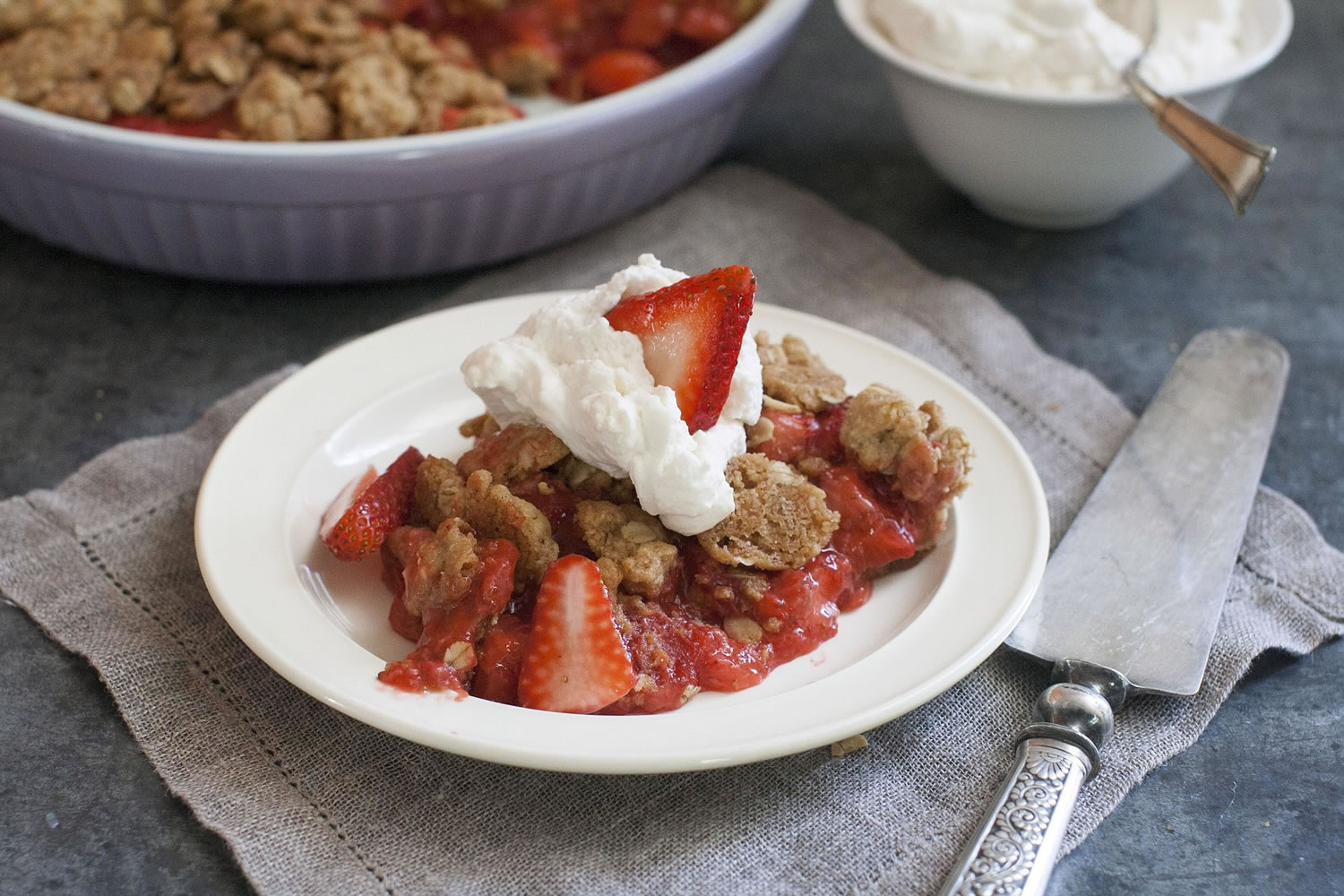Apple pie may be as American as the Fourth of July, but it probably wasn’t on the table when the holiday first began.
“There wouldn’t have been a whole lot of apples around this time of year,” says Mary Thompson, research historian at Mount Vernon, the plantation estate of George Washington. “They would have eaten them all from last year, and this year’s crop wouldn’t have come in yet.”
From blueberry to strawberry to the pie that combines them to represent the flag, pie is associated with Independence Day. But back in the 18th and 19th centuries, when the holiday was still new, pies weren’t celebratory at all. They were simply a way of life.
“These were not treats,” says Amanda Moniz, an executive of the American Historical Association and author of the blog “History’s Just Desserts.” “They were convenience foods and they were frugal food.”



